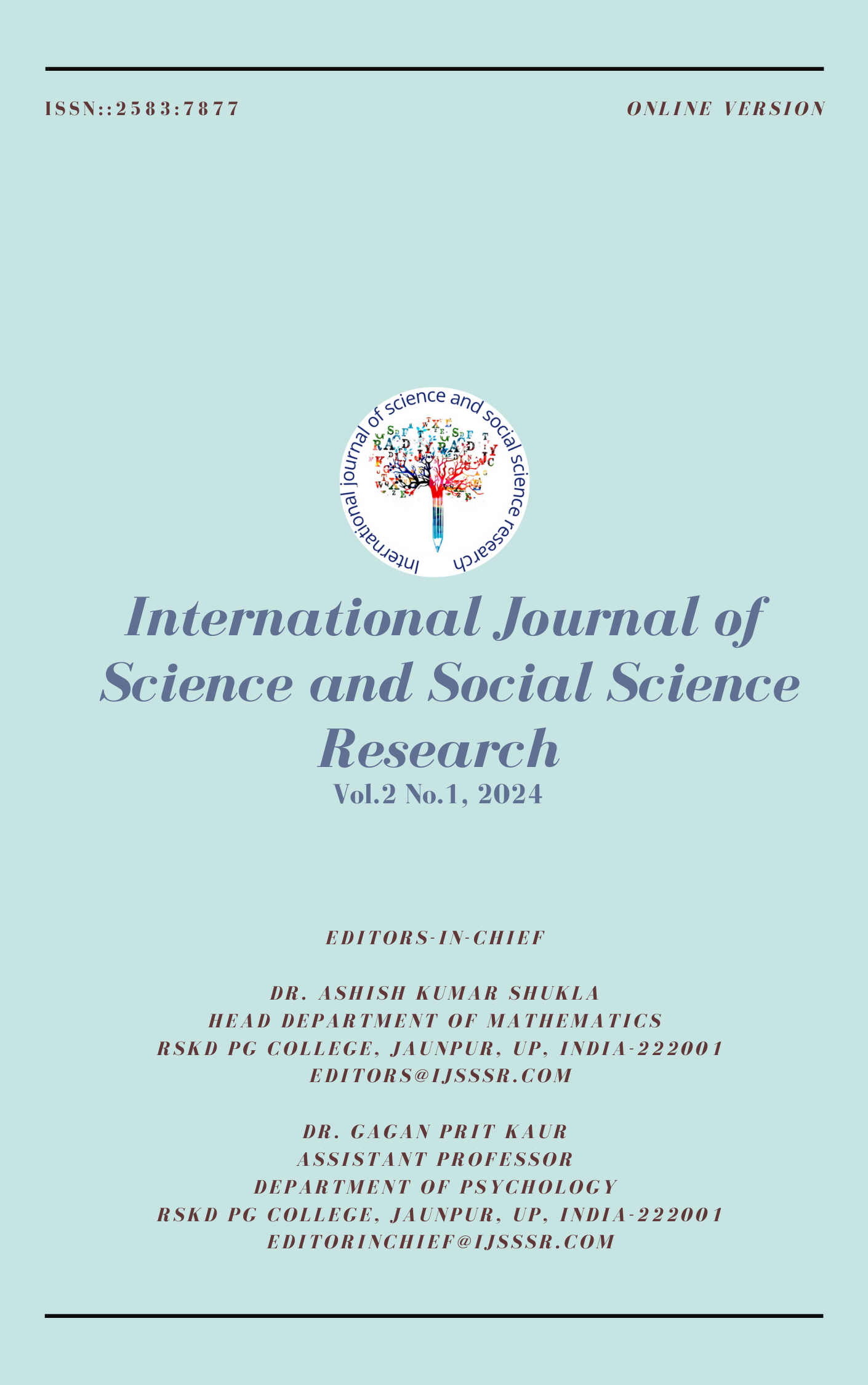An Experimental Study on Self Compacting Concrete
DOI:
https://doi.org/10.5281/zenodo.13334858Keywords:
Self Compacting Concrete, Mix design, Mineral Admixtures, Fibers, Strength, Durability, WorkabilityAbstract
Concrete occupies unique position among the modern construction materials, Concrete is a material used in building construction, consisting of a hard, chemically inert particulate substance, known as a aggregate (usually made for different types of sand and gravel), that is bond by cement and water. This paper gives a review on Self Compacting Concrete (SCC) to be made using various Mineral Admixtures and Fibers. When large quantity of heavy reinforcement needs is to be placed in reinforced concrete (RC) member, it is difficult ensure fully compacted without voids or honeycombs. Compaction by manual or by mechanical vibrators is very difficult in this situation This type of concrete mixture does not require any compaction and is saves time, labour and energy. This review paper explains the utilization of fibres and various mineral admixtures in the properties of Self Compacting Concrete. The addition of lime stone filer up to 20 % by cement weight reduced cost and enhanced the performance of self-compacted concrete SCC in fresh and hardened stages. It sounds like high slag Portland cement is proving to be effective in severe conditions, especially for first-generation self-compacting concrete (SCC) used in repair applications and in areas with limited access to vibration. The key is achieving the right balance between yield stress and viscosity in the paste, often facilitated by specially formulated high-range water reducers to maintain the desired flow characteristics.
Absolutely, achieving the right balance in concrete mix design is crucial to ensure strength, durability, and workability while also being cost-effective. Segregation can occur if the viscosity of the paste isn't sufficient to support the aggregate particles in suspension. This emphasizes the importance of selecting suitable ingredients and determining their proportions accurately to meet the desired concrete properties.
Downloads
Published
How to Cite
Issue
Section
License
Copyright (c) 2024 International Journal of Science and Social Science Research (ISSN: 2583-7877)

This work is licensed under a Creative Commons Attribution-NonCommercial 4.0 International License.







